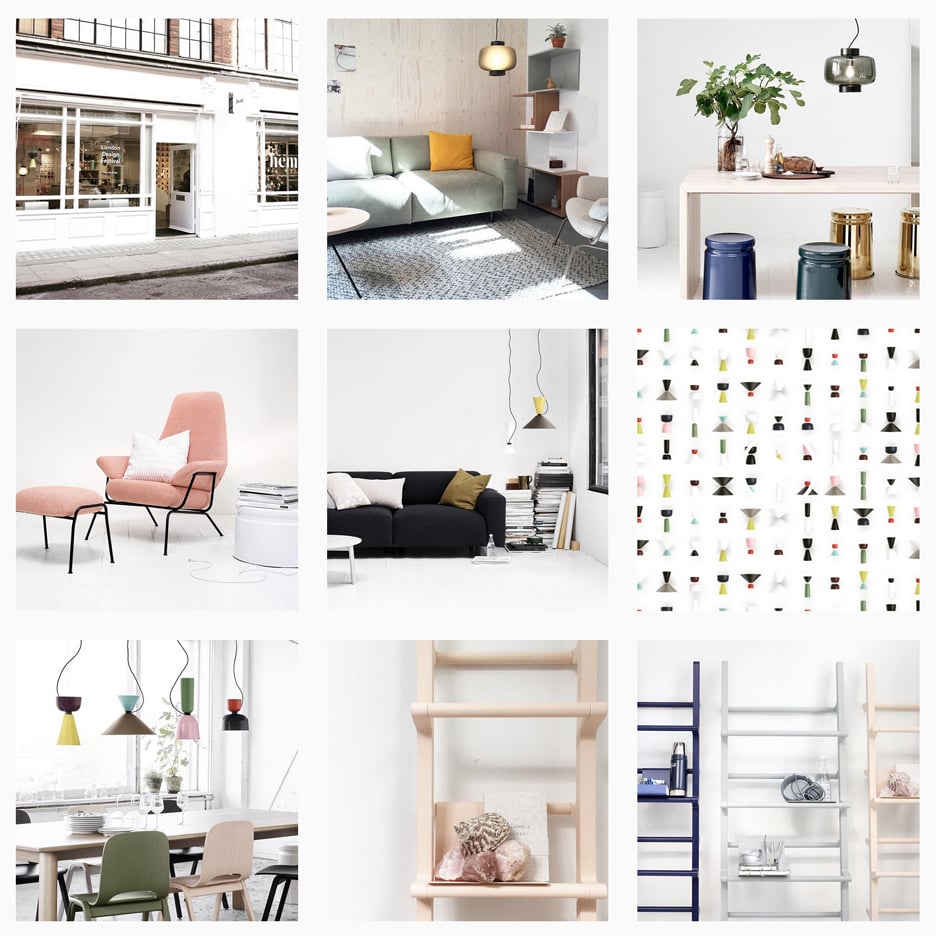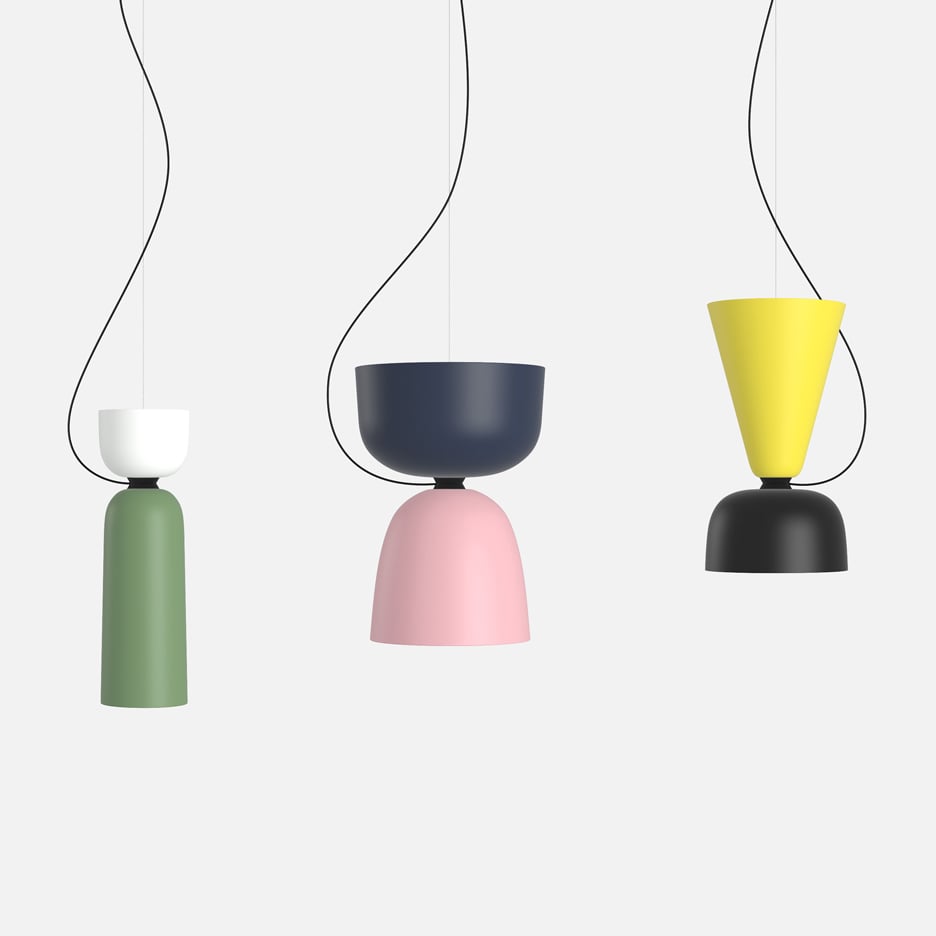Instagram and Pinterest "as important" as the New York Times, says Hem's Jason Goldberg
Social media has become as important to design brands as traditional media according to Hem founder and CEO Jason Goldberg, who says he checks Instagram and Pinterest "religiously" to see what customers are saying about his products.
"It's hard to say more important than traditional media, but I think it's as important," he told Dezeen. "We have consistent traffic from Instagram and Pinterest that is emotional, passionate traffic. It's very different from a third party like the New York Times or the Financial Times reporting on us."
Speaking to Dezeen during the London Design Festival last month, Goldberg said that Hem, the furniture and accessories brand he launched in July last year, uses social media not just to promote its products but to improve them too.

"We check social media religiously," the American entrepreneur said. "We'll launch a product and immediately, especially on Instagram, we'll see customers commenting."
"They might say it looks cheap, which we have to respond to, because we know it's a high-quality product. So we have to explain it better."
"Or sometimes we hear it looks a little too basic and plain, so how do we express that it's more than a simple product?"
Goldberg, who previously co-founded online design store Fab, said feedback from social media users has already influenced a product launched by Hem at the London Design Festival a few weeks ago.
The Alphabeta pendant lamp, designed by Luca Nichetto, features a pair of shades that come in a variety of mix-and-match shapes and colours, allowing customers to personalise the product when they buy it online.

However when the product was launched, Hem's social media followers pointed out that the imagery failed to show how the product connected to the ceiling. "They'll tell us the things we missed," Goldberg said. "With the Alphabeta lamps we were so excited about showing the pendants that we never showed any image of the ceiling connector. And the first thing dozens of people said was: what does the connector look like? This kind of feedback is "fast and very valuable," he said.
Goldberg also said that social media is changing the way people perceive design and influencing purchasing patterns. "With everyone using Instagram, Pinterest and other forms of social media, everyone is almost becoming a designer in their own right."
"They take a photo, they apply a filter, they take some time, attention and care to really put their own stamp on it. I think that in a world of increasing sameness, it's a way for people to have a little bit of self expression and show their own personality."
Instead of relying on knowledgeable friends or traditional media, consumers now use social media for style tips, resulting in the emergence of numerous "micro trends" rather than the ubiquitous styles of the past.
One micro trend that has emerged recently is the "Kinfolk look", Goldberg said. Derived from independent lifestyle magazine Kinfolk, this has been hugely influential on social media users.

Kinfolk features earthy, analogue-style photography of rustic interiors and objects that Goldberg describes as "a little bit like Brooklyn, a little bit Shoreditch, hipster yet accessible".
"Everyone wants to have the Kinfolk look," Goldberg said. "People will seek out an object, and put it on their table, spend like an hour just getting ready for an Instagram photo, put a filter on it and they've got it, that's the Kinfolk look. It's fascinating that people do that."
Hem was formed after Fab acquired online furniture retailer One Nordic last year. Goldberg subsequently sold Fab to supply-chain giant PCH.
Goldberg launched the brand after realising that online design retailers need to offer their own products and have their own supply chains in order to thrive.